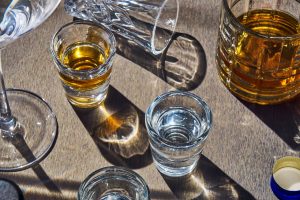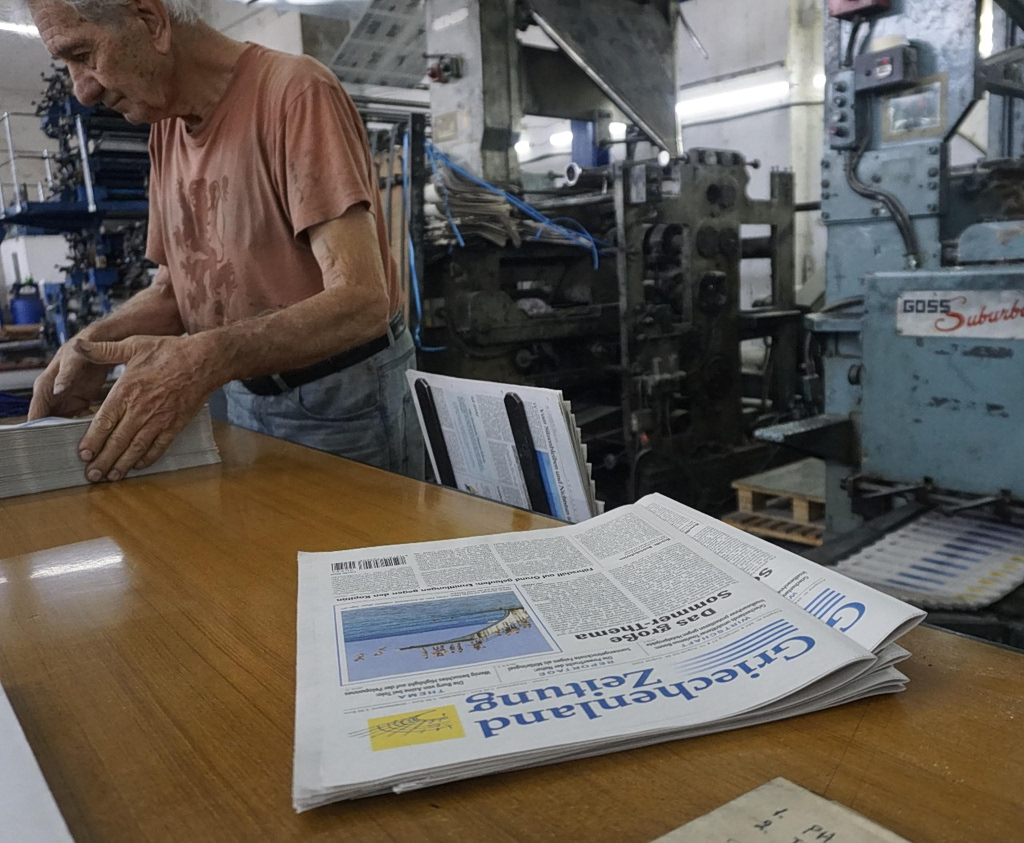Winemakers have a new pitch: lower-calorie whites that won’t make you regret indulging the morning after.
While overall wine sales have declined for the third year in a row, the light wine category has increased to $209 million in sales in 2024 from $16 million in 2019, according to Circana market research provided by Delicato Family Wines. Many of the newer offerings cost less than $15 a bottle and clock in around 80 calories a serving—as opposed to the 120 calories in a typical glass of white wine.
Winemakers are betting on younger, health-conscious drinkers who still want the ritual of enjoying a glass or two during the week.
Chateau Ste. Michelle, a Woodinville, Wash.-based winery, launched its $13 Light Chardonnay and Light Sauvignon Blanc earlier this year. The company removes alcohol from 30% of the finished wine and combines it with unaltered wine to preserve the taste. About a quarter of buyers become return customers, according to grocery data provided by the company.
Consumers want “wine options that fit into a healthy lifestyle,” head winemaker Katie Nelson says.
Flavor shift
Wine drinkers don’t always love that low-cal taste.
Michele Zimitski , a skin-care salon owner in Harrisburg, Pa., says she’s tried 14 or 15 such varieties from her local wine shop. Some were tough to sip. They lack the complex flavor of the whites and reds she typically drinks.
“Just watered-down would be the best way I could describe it,” says Zimitski. She still seeks an option that makes her want to reach for a second glass on a weeknight.
Milena Kotara , from Stamford, Conn., first learned about light wines on Instagram. She found some options too bitter, but once a week she pours her favorite into a long-stem glass after her 1- and 3-year-olds are in bed. She enjoys the lower-calorie wines’ taste, and they don’t disrupt her sleep.
“The truth is, I love the flavor of wine,” she says.
Winemakers rarely dilute their wine with water to lower alcohol. Most use a distillation process to remove a portion of the alcohol. Lowering alcohol content in wine automatically lowers calories, but it also affects flavor, says Matthias Schmitt , a researcher at Hochschule Geisenheim University in Germany who specializes in removing alcohol from wine.
Alcohol “is complex in its sensory impact to the wine,” he says. Higher alcohol content also creates a perceived sense of sweetness, he says.
Winemakers are aware of the perceptions—and the criticism. Brandon Joldersma , chief executive of Arlow, a low-calorie brand that launched this year, says experimenting with grape varietals is yielding better results.
The brand labels itself “the official wine of Tuesday nights” and has introduced three $22 bottles: Sauvignon Blanc, rosé and Cabernet Sauvignon. Each glass has 70 calories. Red wines, which typically have more alcohol and sugar, are trickiest to perfect.
“Wines that taste great at full alcohol will taste like garbage when you dealcoholize them,” says Joldersma, who adds that it took months of tinkering to create Arlow’s Cabernet.
A new breed
A group of consumers under 45 is driving this trend. They have less allegiance to adult beverages and want options to drink in a more health-conscious way, says Kathy Pyrce , vice president of marketing at Delicato, based in Napa, Calif.
The company launched Bota Box Breeze in 2021 and has expanded to six boxed low-calorie wines, around 85 calories a serving. They also launched a low-calorie Pinot Grigio from Francis Ford Coppola Winery this year.
At BevMax, a Stamford, Conn.-based wine and liquor retailer, interest in low-calorie wines has been building for a while, CEO Michael Berkoff says. People who started purchasing canned hard seltzers like White Claw or Truly are now exploring lower-calorie wine. The sales account for just 2% of wine sales, but customers who switch to low-calorie whites repurchase often, Berkoff says.
“They are not switching back,” he says.
Some winemakers are rebranding their lighter offerings.
J. Lohr Vineyards & Wines, in San Jose, Calif., has taken its slower-selling Riesling and played up the fact that it’s 90 calories a serving. It also has a new, colorful label. The $13 bottle appeals to a younger consumer without being “overt” about calorie counts, CEO Steve Lohr says.
While the Riesling’s winemaking process hasn’t changed, J. Lohr tested the wine to get nutritional information to emphasize the naturally lower calorie count. It relaunched in 2022 and is now a bestseller. It has won awards, and Wine Enthusiast named it a best buy.
“As wine sales decline, you’ve got to differentiate yourself from your competition,” Lohr says.
For those looking to drink naturally lower-calorie wines, Daniel Beedle , a sommelier with Kimpton the Forum Hotel in Charlottesville, Va., suggests drier whites. They contain less natural sugar and alcohol.
You can check the label for less than 11% alcohol. Beedle steers customers toward Albariño, Txakolina and Grüner Veltliner. Often whites from higher elevations fit in this category, he says.
For Krystal Verstraete , a personal trainer in Wilmette, Ill., the low-calorie, low-alcohol bottles “did the trick,” but ultimately became a steppingstone to mostly not drinking.
These days, she drinks a few times a year and plans way ahead of time.
“I’m not going to waste any of my calories on them,” she says. “It is going to be a Veuve.”
Sign up for the WSJ Travel newsletter for more tips and insights from the Journal’s travel team.





